Mercedes-Benz Group AG stands as a leader in the luxury automotive industry, consistently driving innovation and financial growth. As the market shifts toward electrification and digital transformation, the competition with BMW, Audi, Tesla, and Lexus becomes more intense.
While revenue figures provide a snapshot of success, deeper financial metrics, such as free cash flow, profit margins, R&D investments, and EV expansion, reveal a brand’s true market strength.
Mercedes-Benz’s strategic focus on high-margin luxury models, cutting-edge technology, and sustainable mobility ensures its competitive edge. However, evolving consumer preferences, regulatory challenges, and economic fluctuations continue to reshape the industry. Understanding how Mercedes-Benz compares to its rivals offers valuable insights into the future of luxury automobiles.
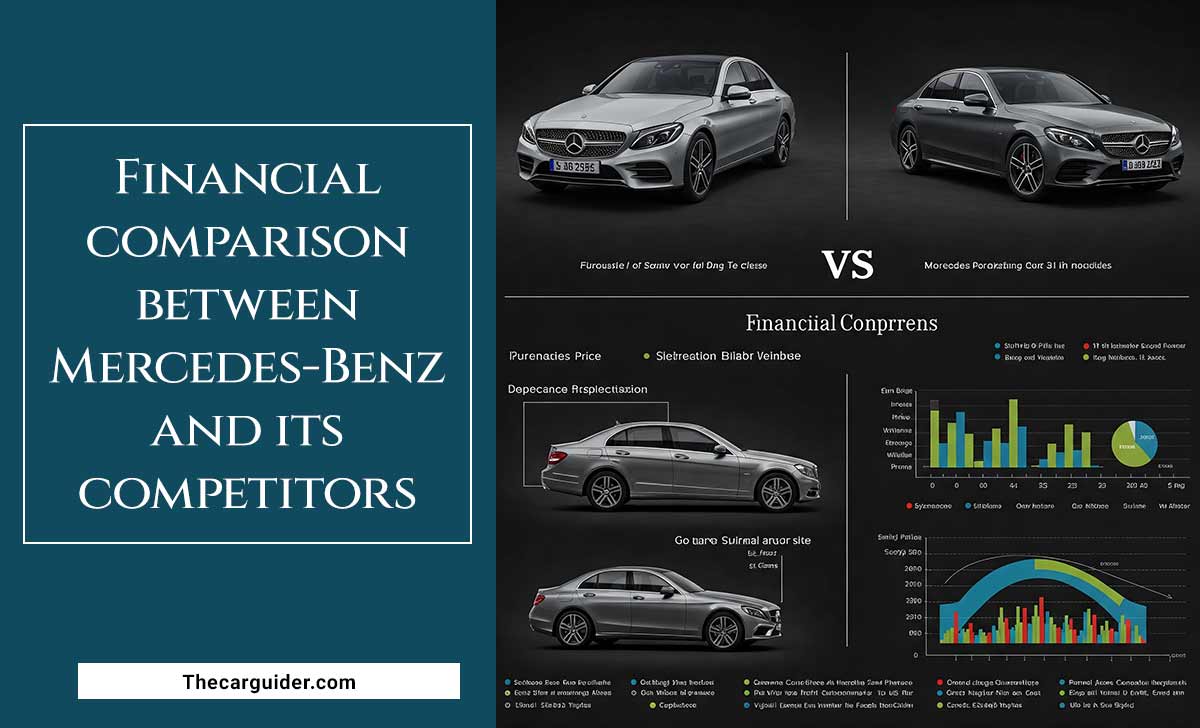
Key Takeaways
- Mercedes-Benz Group AG leads the luxury automotive industry with high-margin models, strong free cash flow, and continuous EV expansion.
- Competes with BMW, Audi, Tesla, and Lexus, each with unique financial strengths and market strategies.
- Profitability per vehicle remains high due to premium pricing and strong brand value.
- EV investments, AI-driven technology, and sustainability efforts shape future growth.
- The Chinese market plays a vital role in revenue, but economic shifts pose risks.
- Certified Pre-Owned inventory and finance specials support market accessibility.
- Tesla dominates EV sales, but traditional luxury brands challenge its profitability.
- BMW aggressively expands EV production, while Lexus lags in full electrification.
- Mercedes-Benz Vans and commercial vehicles contribute to steady financial performance.
- Future success depends on innovation, market adaptability, and economic conditions.
Overview Of Mercedes-Benz Group AG
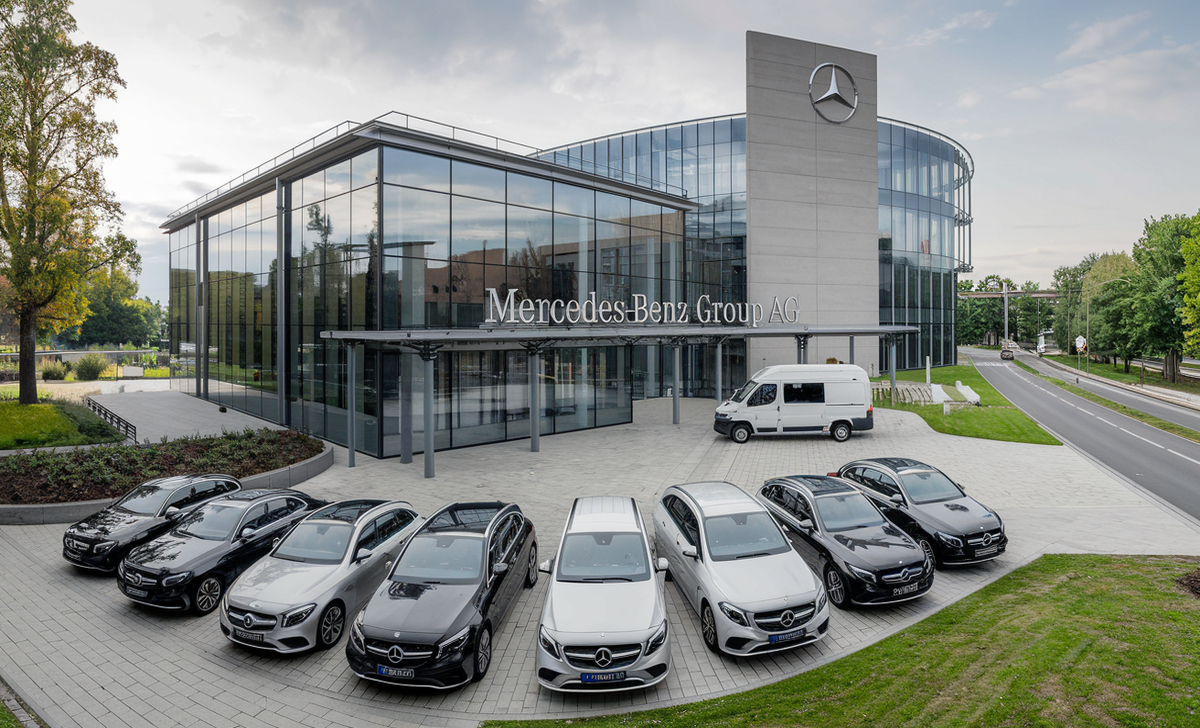
Mercedes-Benz Group AG leads the luxury car market with Mercedes-Benz Cars, SUVs, and Vans, backed by Mercedes-Benz Mobility and Finance Center. Strong in the Chinese market, it invests in EVs, fuel economy, and national offers to drive growth.
History And Evolution
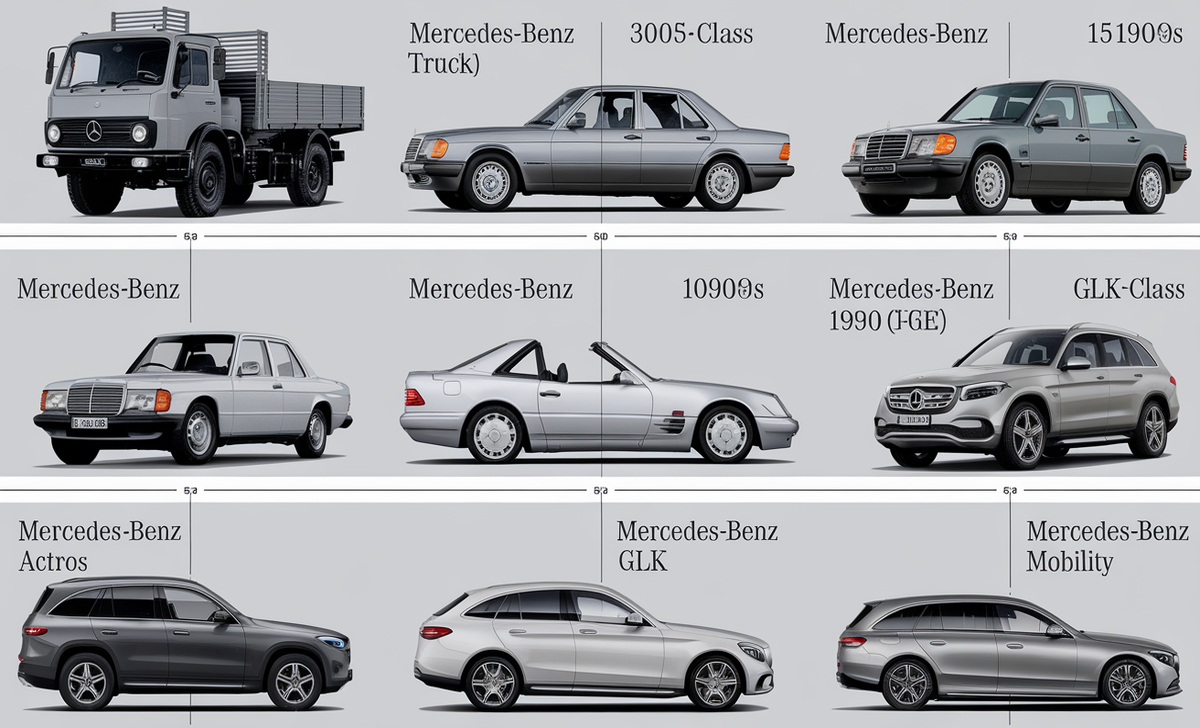
Mercedes-Benz has built a reputation for luxury, innovation, and top-tier engineering. From its early beginnings to becoming a global automotive leader, the brand has continuously evolved.
It has expanded into various market segments, offering high-performance SUVs, iconic sedans like the Mercedes-Benz C-Class, and ultra-luxurious models such as the Mercedes-Benz S-Class. This diversification has helped Mercedes-Benz maintain a strong competitive edge in the luxury car industry.
Current Market Position
Mercedes-Benz Group remains a dominant force in the luxury automotive industry, maintaining a strong foothold in key markets, including China. Its financial strength is bolstered by a diverse range of offerings, from brand-new inventory to certified pre-owned vehicles.
Strategic initiatives like national offers and finance specials make its premium models more accessible, further solidifying its leadership in the competitive luxury car market.
Key Financial Metrics Comparison (2023–2024)
| Metric | Mercedes-Benz | BMW | Audi | Tesla | Lexus |
|---|---|---|---|---|---|
| Revenue (€ Billion) | 153.2 | 147.0 | 69.9 | 96.8 | 76.5 |
| Net Profit (€ Billion) | 14.53 | 14.2 | 7.1 | 10.9 | 8.3 |
| Market Share Growth (%) | 2.3 | 2.1 | 1.5 | 3.2 | 1.8 |
| R&D Spending (€ Billion) | 8.3 | 7.9 | 6.2 | 5.1 | 4.9 |
| Luxury EV Sales (Units) | 222,600 | 376,183 | 200,000 | 1.3M | 250,000 |
The Battle For Luxury Market Leadership

Mercedes-Benz competes with BMW, Audi, Tesla, and Lexus, leveraging models like the Mercedes-Benz S-Class and its strong Mercedes-Benz SUV lineup. Finance specials, certified pre-owned vehicles, and national offers support its market position despite supply chain challenges.
Mercedes-Benz: Strengths & Weaknesses
Mercedes-Benz continues to dominate the luxury car market with a strong brand value and a reputation for premium craftsmanship. High-end models like the Mercedes-Benz S-Class and Maybach generate significant profit margins, reinforcing the company’s financial strength. However, external factors such as a slowing Chinese market and ongoing supply chain disruptions pose challenges to sustained growth.
Unique Traits:
- High-margin models: S-Class, Maybach, and Mercedes-Benz SUVs drive profitability.
- Strong global presence: Market leader in Europe and a significant player in China.
- Cutting-edge innovation: Advanced AI, EV expansion, and autonomous technology investments.
- Financial resilience: A Stable cash flow is supported by diversified revenue streams, including Mercedes-Benz Mobility and certified pre-owned inventory.
- Challenges: Supply chain disruptions and fluctuating demand in key markets impact short-term growth.
BMW: The Challenger Brand
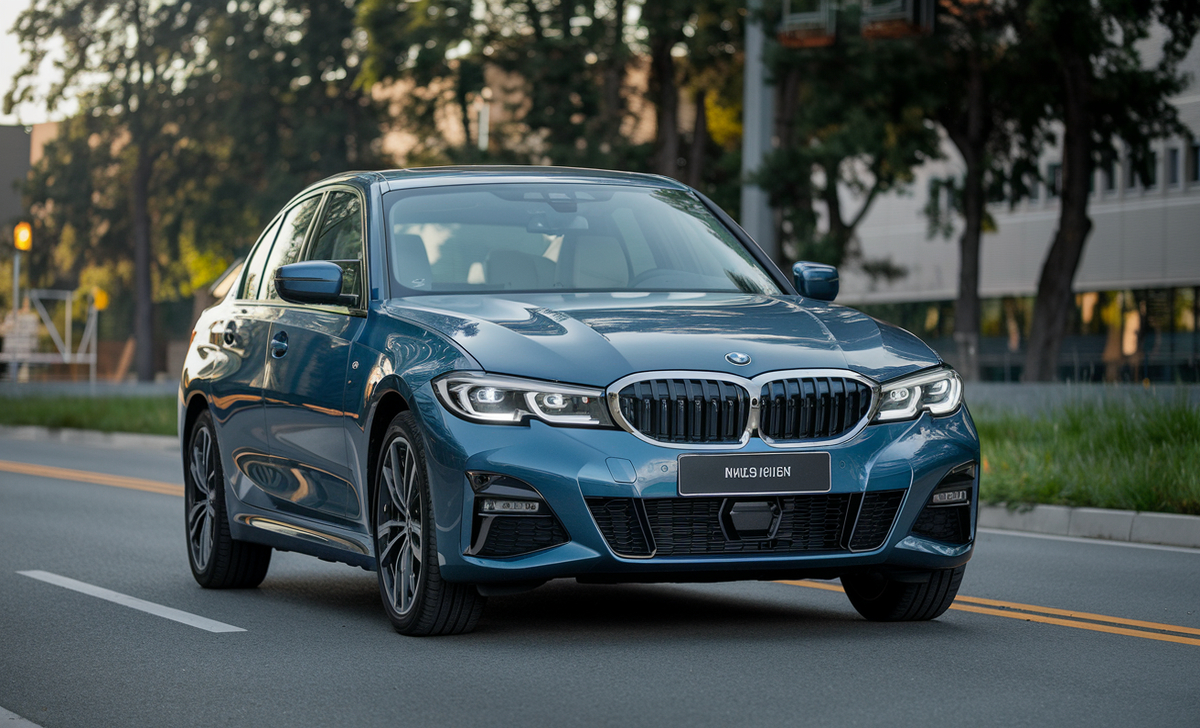
BMW continues to challenge its rivals with competitive financing options through BMW Financial Services. Popular models like the BMW 3 Series and the all-electric BMW iX are driving the brand’s transition toward electrification. However, supply chain disruptions and vehicle recalls have impacted its profitability, creating hurdles in its financial performance.
Audi: The Innovation Game
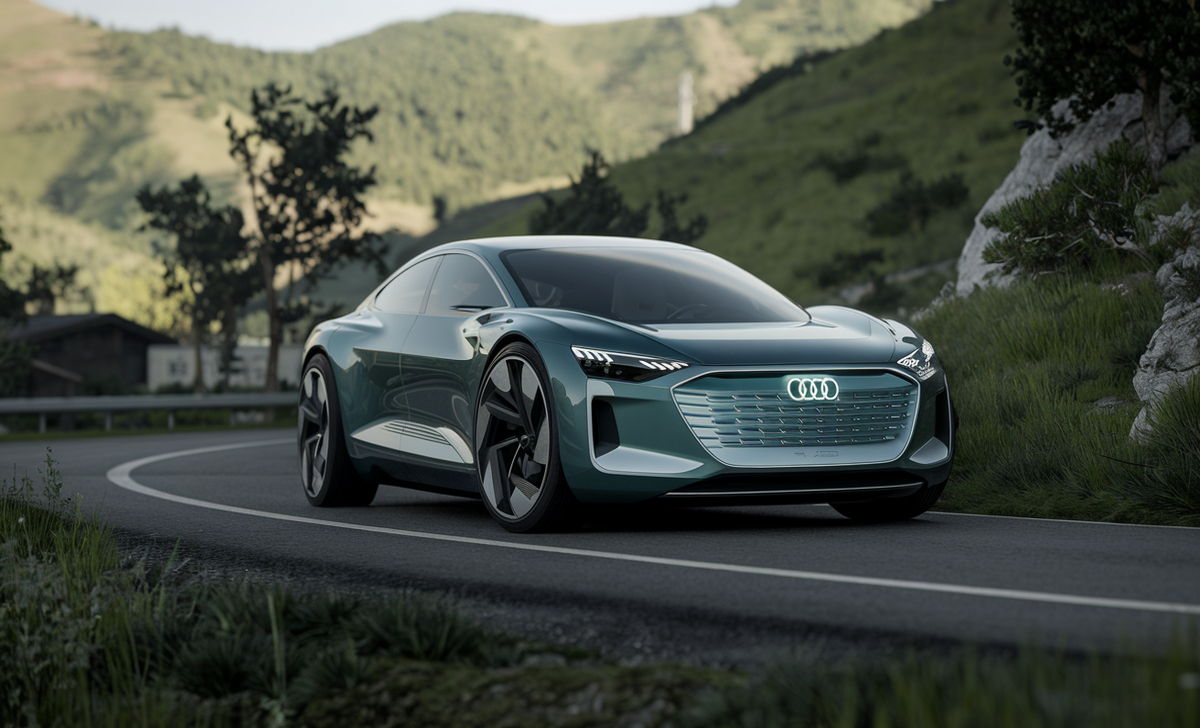
Backed by the Volkswagen Group, Audi remains a strong player in the luxury market. The brand is known for cutting-edge technology and high-performance vehicles. However, its heavy reliance on combustion engine models has slowed its progress in the electric vehicle (EV) sector, making it less competitive in the rapidly evolving EV market.
Tesla: Disrupting The Luxury Auto Industry
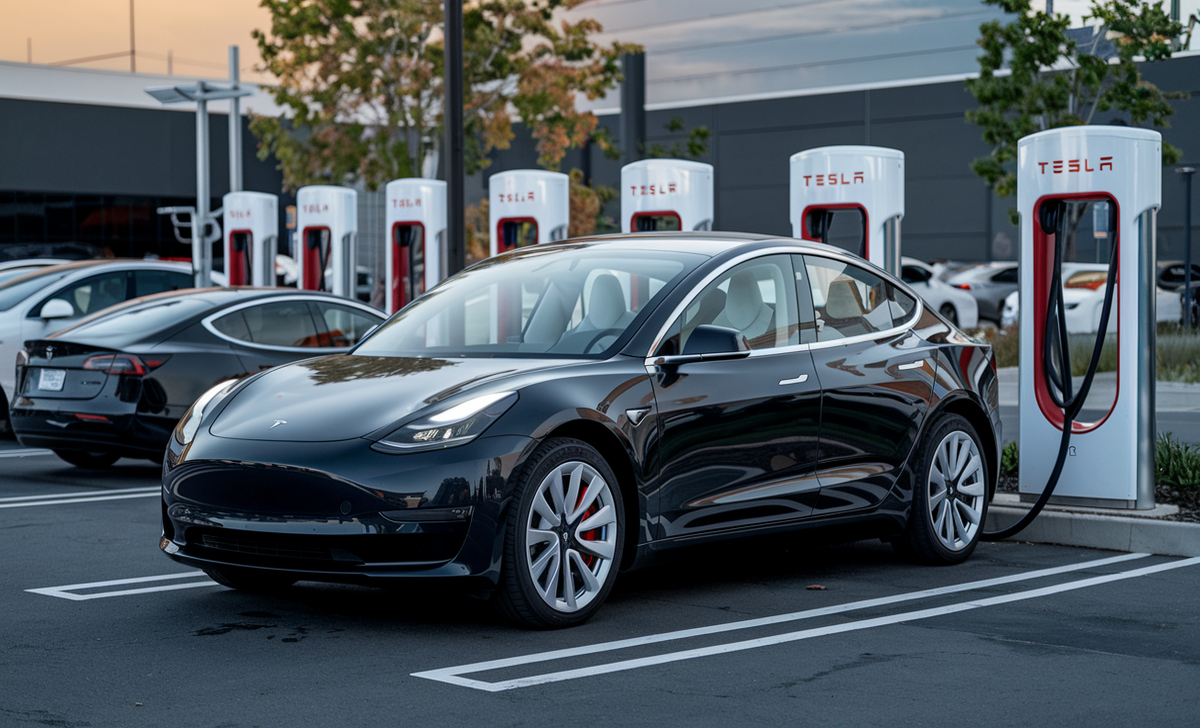
Tesla has redefined the luxury car market with its innovative direct-to-consumer sales model, which helps reduce costs and maximize profits.
While its market valuation far exceeds its actual revenue, Tesla continues to lead in electric vehicle (EV) adoption. However, growing competition from traditional automakers expanding into the EV space poses a serious challenge to Tesla’s long-term dominance.
Lexus: The Silent Contender

Lexus stands out for its commitment to hybrid technology, renowned reliability, and the financial strength of its parent company, Toyota. These factors have helped it maintain a strong presence in the luxury market. However, its slower shift toward fully electric vehicles (EVs) could limit its growth potential in the rapidly evolving automotive landscape.
Deep Dive: The Hidden Numbers That Matter
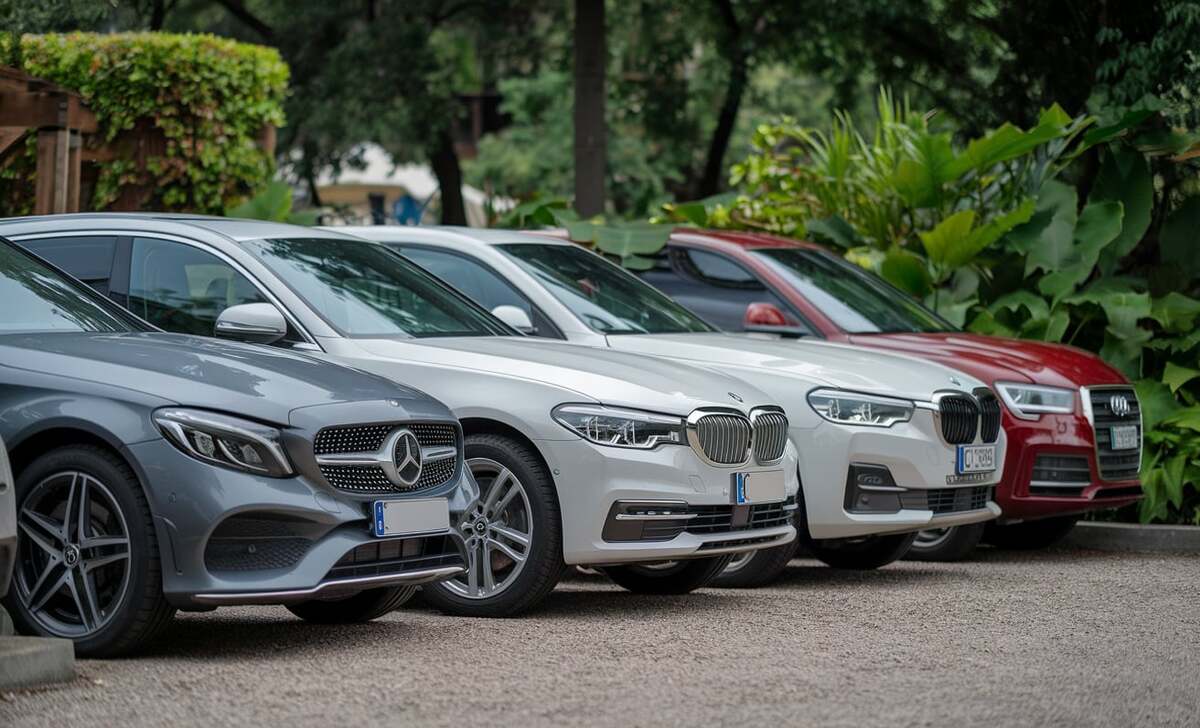
Mercedes-Benz, BMW, and Audi compete on free cash flow, brand value, and fuel economy. High-margin models like the Mercedes-Benz S-Class and BMW 3 Series drive profits, while EV investments shape future growth.
Profit Per Vehicle: Who Makes The Most?
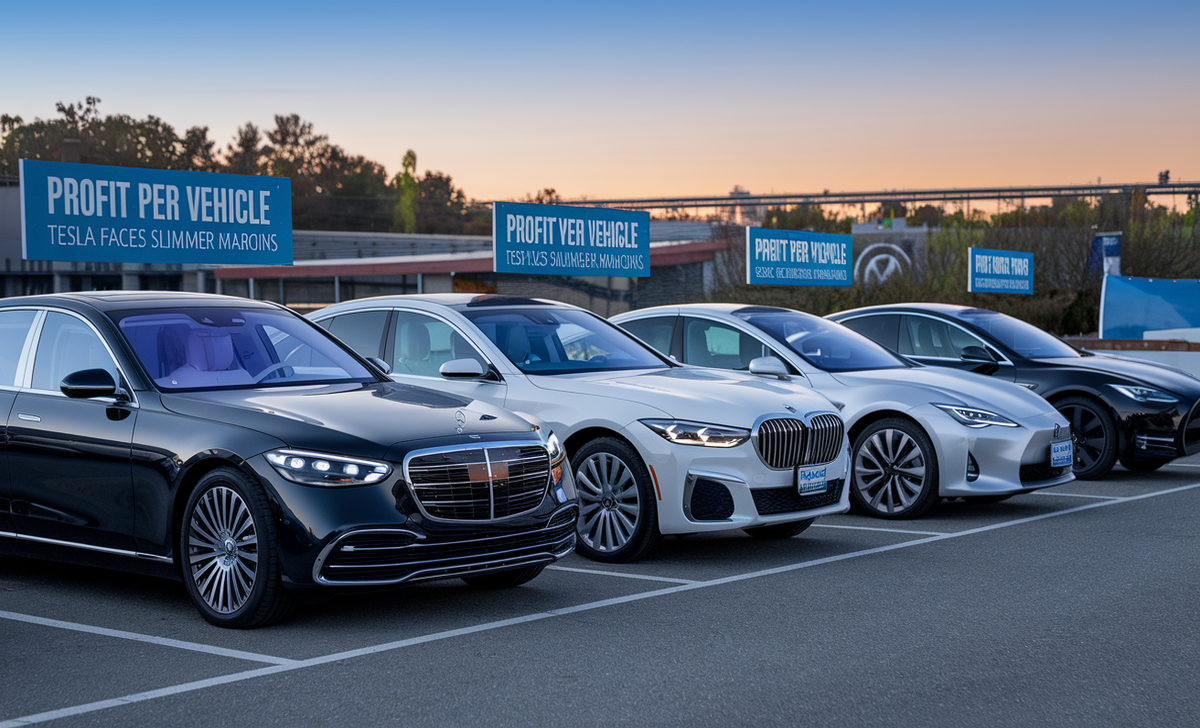
Mercedes-Benz leads in profitability per vehicle, driven by high-margin luxury models like the S-Class and GLC. BMW and Lexus also generate strong returns, benefiting from premium pricing and brand loyalty. Meanwhile, Tesla faces slimmer margins due to high production and scaling costs, despite its strong market valuation.
R&D Spending Vs. ROI
Mercedes-Benz invests heavily in AI-driven vehicle technology, autonomous driving, and EV expansion, ensuring long-term growth and innovation. Its focus on cutting-edge research strengthens its competitive edge in the luxury car market.
Unique Traits:
- Advanced AI for improved driver assistance and automation.
- Significant EV investment, including Mercedes-Benz Mobility initiatives.
- Strong commitment to fuel economy and sustainability.
- Continuous innovation in Mercedes-Benz Cars and commercial vans.
The Hidden Economy Of Luxury Cars
Financial strategies play a key role in shaping brand value, where exclusivity and premium pricing are essential. Mercedes-Benz leverages its strong reputation and high-end craftsmanship to justify higher prices, boosting profit margins. This approach not only enhances perceived luxury but also strengthens long-term brand loyalty.
Key Factors:
- Premium pricing sustains profitability and market positioning.
- Limited production models drive exclusivity and demand.
- Strong resale value reinforces Mercedes-Benz’s brand strength.
- Focusing on a certified pre-owned inventory ensures long-term customer retention.
Forecast: The Future Of Mercedes-Benz Vs. Competitors
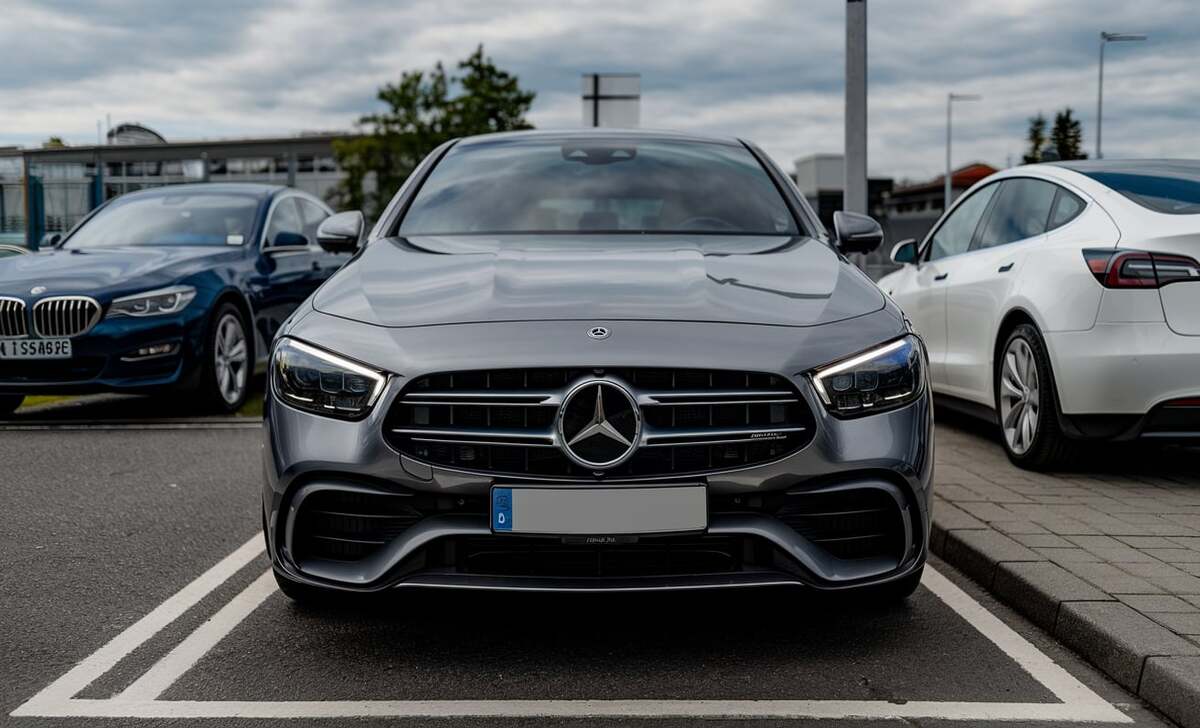
As the automotive industry moves toward electrification and technological advancements, Mercedes-Benz is strategically positioning itself for sustained growth. Its strong free cash flow, investments in AI-driven mobility, and expansion in the EV market reinforce its leadership.
However, BMW’s aggressive shift toward electrification and Tesla’s continuous innovation in battery technology and autonomous driving create a highly competitive landscape.
Key Trends:
- Mercedes-Benz prioritizes luxury EV expansion and AI-driven technology.
- BMW accelerates EV production with a focus on performance models.
- Tesla leads in autonomous driving but faces rising competition.
- Lexus focuses on hybrid reliability but lags in full EV adoption.
- Audi leverages Volkswagen’s platform for future growth.
- Chinese automakers increase pressure in the global luxury EV market.
Conclusion
Mercedes-Benz’s strong financial strategies, commitment to innovation, and dominance in both the luxury combustion and EV markets reinforce its position as a leader in the automotive industry.
Its focus on high-margin models, expanding presence in the Chinese market, and investment in AI-driven technology continue to set it apart. However, BMW’s aggressive push toward electrification, Tesla’s technological advancements, and Lexus’s reliability-driven strategy create a highly competitive landscape.
As the luxury car industry evolves, the battle for market leadership will depend on how well these brands adapt to changing consumer preferences, sustainability demands, and economic shifts. Which luxury automaker do you believe is best positioned for long-term success?
FAQs
1.What Makes Mercedes-Benz Group Ag Financially Strong?
Mercedes-Benz’s luxury cars, SUVs, and vans generate strong cash flow, while high-margin models like the Mercedes-Benz S-Class and Mercedes-Benz GLC drive profitability.
2.How Does Mercedes-Benz Compare To Bmw In Profit Per Vehicle?
With its focus on premium pricing, free cash flow, and certified pre-owned inventory, Mercedes-Benz often surpasses BMW’s value service in profit per vehicle.
3.Is Tesla A Major Competitor To Mercedes-Benz?
While Tesla leads in EV innovation, Mercedes-Benz Cars and Mercedes-Benz SUVs maintain stronger financial stability through marketing strategy, finance specials, and pre-owned vehicle specials.
4.What Role Does The Chinese Market Play In Mercedes-Benz’s Finances?
The Chinese market is a key revenue driver, boosting sales of the Mercedes-Benz C-Class, Mercedes-Benz E, and Mercedes-Benz S-Class, though economic shifts can impact its brand value.
5.How Does Mercedes-Benz Finance Its Customers?
Through Mercedes-Benz Mobility and Finance Center, offering finance applications, certified pre-owned specials, and national offers to enhance accessibility.
6.What’s The Future Of Mercedes-Benz In Electric Vehicles?
Mercedes-Benz is expanding its pre-owned electric inventory and investing in fuel economy and EV innovation, positioning itself as a future leader in the automotive industry.
7.How Does Mercedes-Benz Maintain Strong Cash Flow?
By balancing new inventory, pre-owned specials, and loaner specials, along with an aggressive marketing strategy for featured vehicles.
8.What Makes Mercedes-Benz Vans A Profitable Segment?
Commercial vans, including the Sprinter Inventory, are crucial for business fleets, contributing to consistent free cash flow.
9.What Are The Benefits Of Certified Pre-Owned Mercedes-Benz Vehicles?
They come with extended warranty information, finance specials, and competitive payment calculator options, making luxury cars more accessible.
10.Where Can I Order Parts Or Schedule Repairs For My Mercedes-Benz?
Genuine Mercedes-Benz models parts can be ordered through authorized dealers, and repairs can be scheduled at a collision center for quality service.